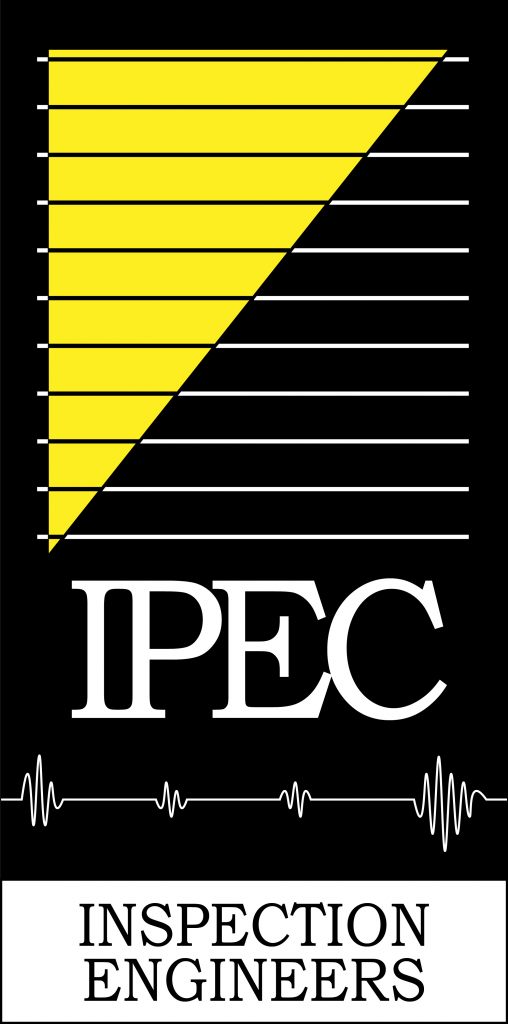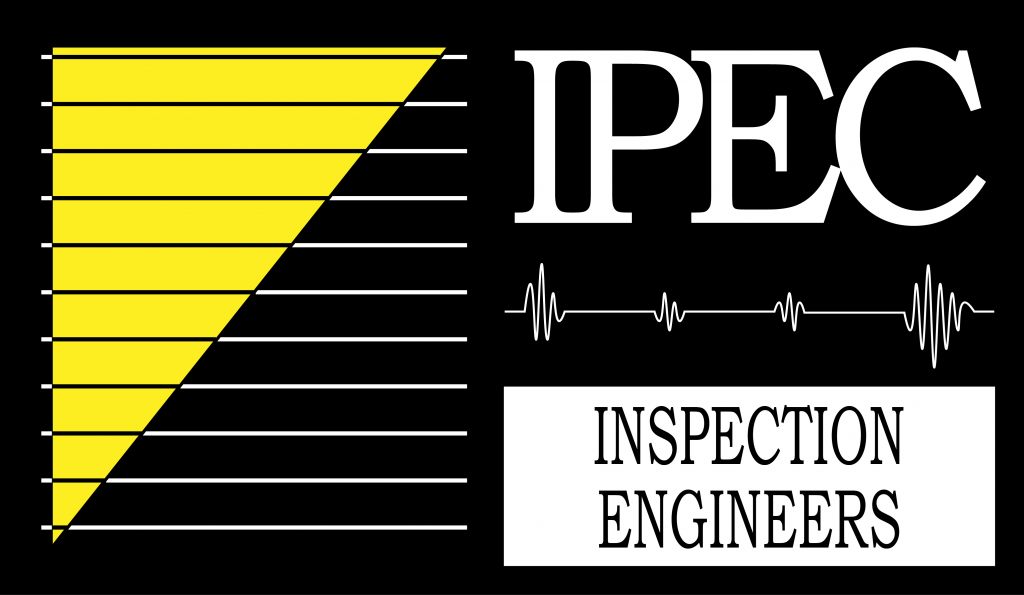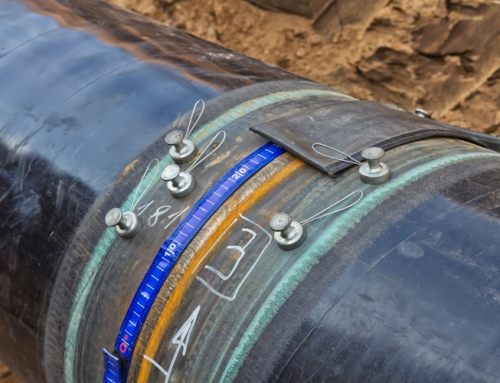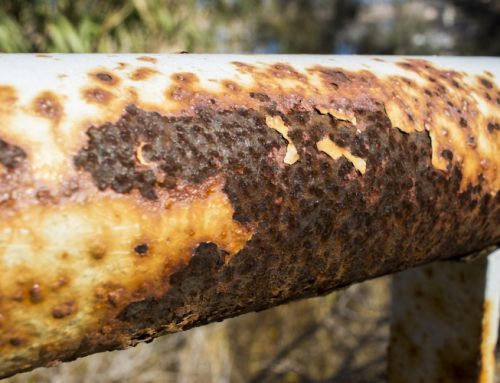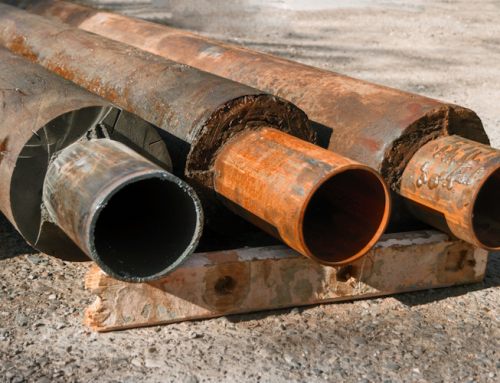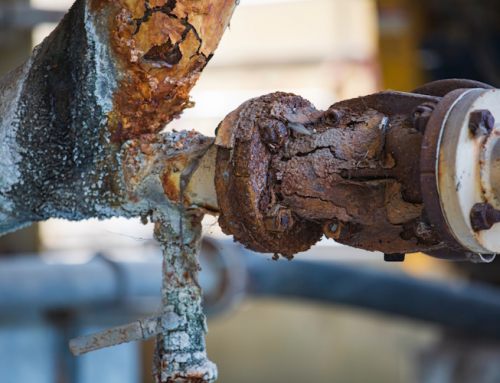Remote visual inspection (RVI) is a non-destructive testing method that involves the use of specialised tools and equipment to inspect and evaluate the condition of structures, components, and systems from a distance. RVI is commonly used in industries such as aerospace, automotive, construction, and manufacturing to inspect areas that are difficult or impossible to access using traditional inspection methods.
RVI tools and equipment include various types of cameras, video borescopes, fiberscopes, drones & robotic systems that can be remotely operated to inspect and capture images and videos of the internal and external surfaces of the material or component being inspected. RVI equipment can also include lighting systems, manipulators, and other accessories that are designed to enhance the visibility and accessibility of the inspection area.
The advantages of RVI include its ability to inspect areas that are difficult or impossible to access using traditional inspection methods, such as inside pipelines, tanks, and other confined spaces. RVI also allows for real-time inspection and monitoring of structures and components, reducing the need for downtime and maintenance.
The most common type of camera we use at IPEC Inspection is a “PTZ” camera. This is a camera that can pan, tilt, and zoom to capture high-quality images and videos of a wide area or specific objects of interest. The acronym “PTZ” stands for “pan, tilt, zoom,” which refers to the camera’s ability to move horizontally and vertically, and to adjust the focal length of the lens.
PTZ cameras are typically used to inspect large & small pressure vessels & storage tanks without requiring internal access. This removes any need for a confined space entry, which is is hundred times safer than carrying out a vessel entry. These type of cameras can also used in applications such as traffic monitoring, remote inspection, and live event coverage. The cameras can be controlled manually or programmed to follow specific patterns or motion detection.
One of the main advantages of PTZ cameras is their flexibility and versatility. With the ability to pan, tilt, and zoom, they can cover a wide range of angles and distances, and can be easily repositioned to focus on specific areas or objects. They can also provide clear, detailed images and videos, even in low-light or harsh environmental conditions, thanks to their advanced imaging technology. Some types of defects or anomalies may not be detectable using RVI alone however and may require additional NDT methods to confirm or identify the issues.
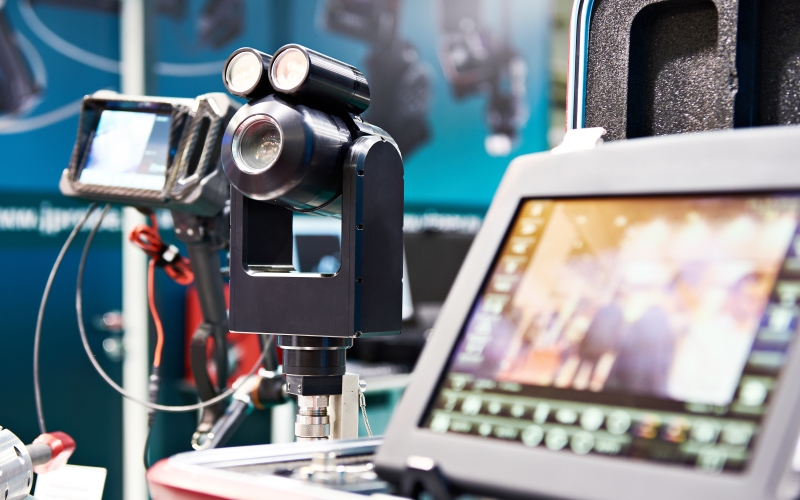
{Example of a Remote Camera used for the internal inspection of Pressure Vessels}
Another popular technique, which is growing year on year is inspection using drones, also known as unmanned aerial vehicles (UAVs).
Drones are equipped with specialized cameras and sensors that can capture high-quality images and videos of the material or component being inspected from various angles and heights.
Drones can be used to inspect a wide range of structures and components, including buildings, bridges, pipelines, wind turbines, and power transmission lines. They can also be used to inspect hard-to-reach areas such as rooftops, towers, and other high-altitude structures.
The advantages of inspection using drones include their ability to provide real-time, high-resolution images and videos of the inspection area, allowing inspectors to identify potential issues quickly and accurately. Drones can also cover large areas quickly and efficiently, reducing the time and cost of inspection and maintenance activities. Additionally, drones can improve safety by reducing the need for inspectors to access hazardous or hard-to-reach areas.
However, inspection using drones also has limitations, including the need for specialized training and expertise to operate the drones effectively and interpret the data collected. Drones may also be subject to regulatory restrictions, particularly in urban or populated areas. Additionally, drones may not be suitable for some types of inspections that require physical contact with the material or component being inspected.
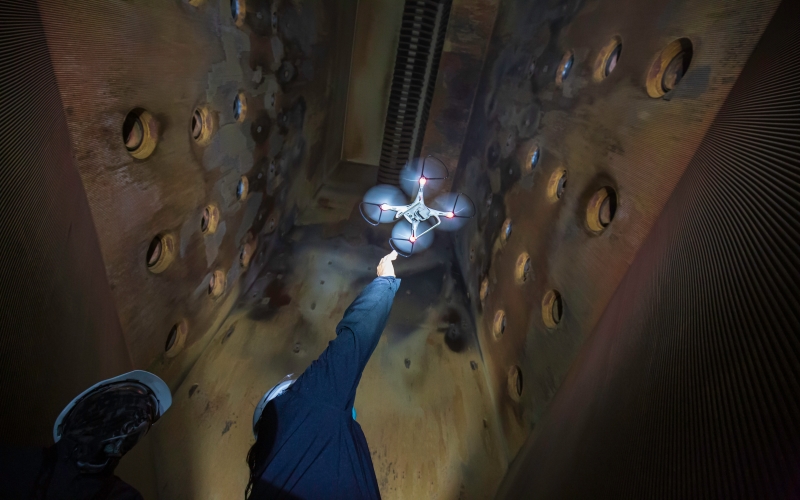
{Example of a Drone for the internal inspection of a Furnace}
Videoscope inspection is a non-destructive testing (NDT) technique used to visually inspect the inside of a component or structure without having to disassemble it. It involves using a small camera and a flexible probe that can be inserted into a tight space or cavity to capture images and videos of the interior.
Videoscope inspections are commonly used in industries such as aerospace, automotive, construction, and manufacturing to inspect machinery, pipelines, engines, and other equipment for defects, cracks, corrosion, and other types of damage. The videoscope allows inspectors to see areas that would otherwise be difficult or impossible to access, making it an efficient and cost-effective method of inspection.
Videoscopes are available in a variety of sizes and shapes, with some models having advanced features such as high-definition cameras, zoom and focus capabilities, and articulating probes that can bend and twist to reach difficult areas. Some videoscopes also have built-in lighting to provide better visibility in dark or dimly lit areas.
Videoscope inspection can be performed manually by an inspector, or remotely using a robotic system. The images and videos captured during the inspection can be stored and analyzed later to identify any issues and develop a plan for repairs or maintenance.
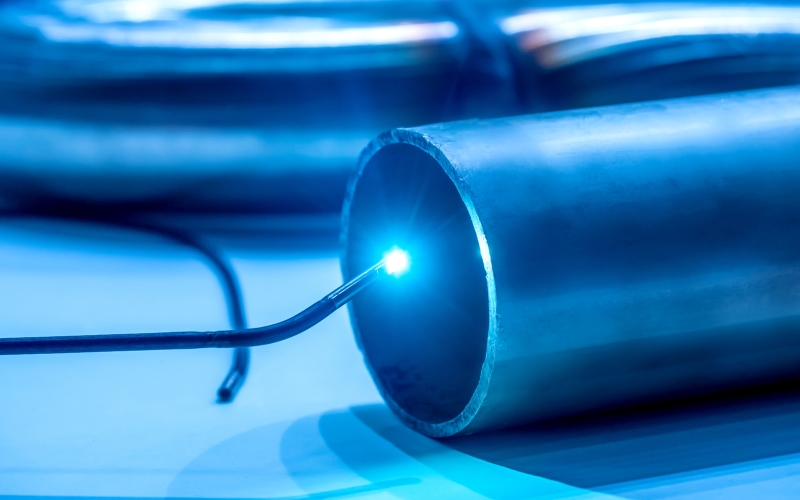
[Example of a Videoscope for the internal inspection of hygienic tubing}
Author: James Murphy, Operations Manger of IPEC Inspection Ltd.
